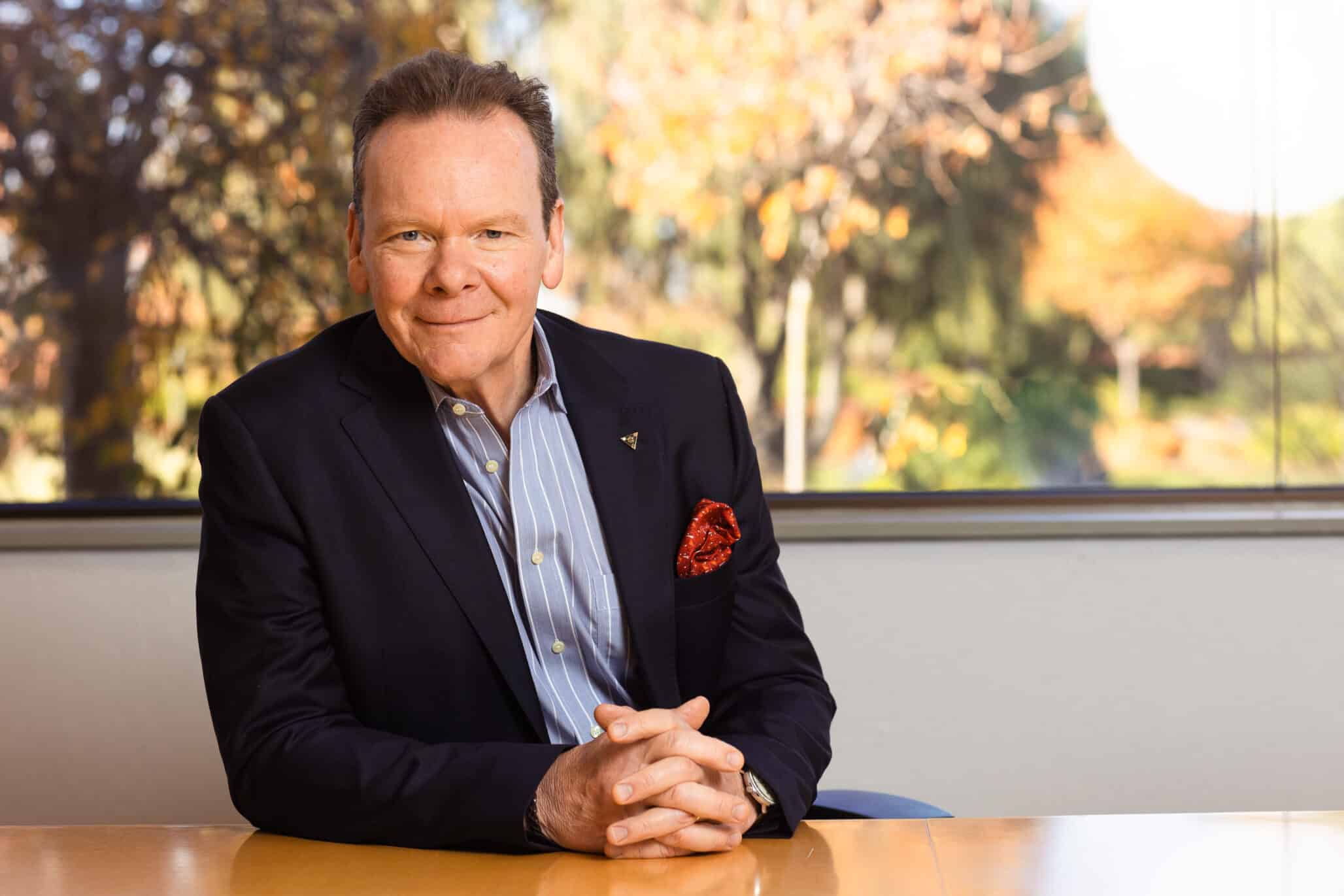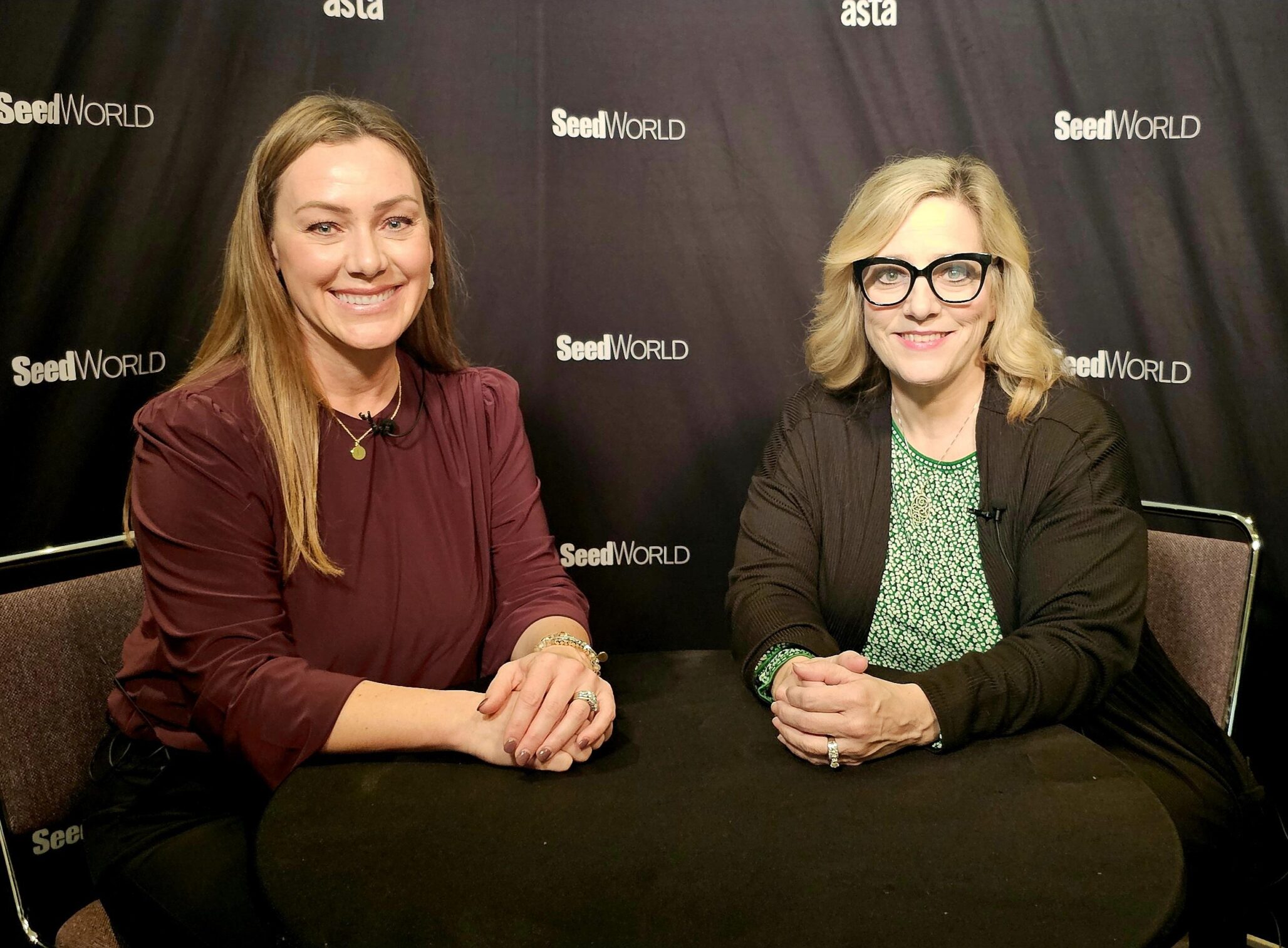Industry leaders spotlight biotechnology, automation and expanding into emerging markets as key drivers for growth and sustainability.
In the dynamic vegetable and flower seed industry, technology, innovation and addressing global food security challenges are at the forefront of opportunities and challenges facing the sector. At the American Seed Trade Association’s Vegetable and Flower conference, industry leaders recently shared their insights on the most significant opportunities and hurdles for the industry, highlighting the transformative role of biotechnology, gene editing, automation and artificial intelligence.
Sakata Seed America CEO Dave Armstrong emphasized the pivotal role of technology in revolutionizing the seed industry. He pointed out that biotechnology and gene editing are at the cusp of driving significant changes, with automation enhancing efficiency across all operational stages, from production to point of sale.
“This started in a way with flowers, where things became automated through robotics and moved inside to controlled environments,” he said. “It’s been going on in vegetables as well…really gaining momentum there.”
Lisa Branco, general manager for Radicle Seed, reflected on the industry’s potential, and underscored innovation as a critical driver
“As we are looking to feed the world with an increasing population, with limited resources such as land and water, how to do that more efficiently is what’s really going to be driving us forward,” she said.
Syngenta’s Global Head for Vegetable Seeds and Flowers, Matthew Johnston, highlighted the developed markets’ role in the current success of the vegetable seed industry but stressed the untapped potential in developing and emerging markets, especially in the tropics and subtropics. He pointed out that these regions, which represent a significant portionof the global population and agricultural land, are crucial for the industry’s future growth and sustainability.
“You think about tropical and subtropical markets, and you immediately go to Africa and quickly to Southeast Asia,” he said. “More broadly speaking, Africa will have two billion people on the continent in very short order. And if you look at our industry, our little sector of production in agriculture and the value of fruits and vegetable seeds, Africa doesn’t come to mind first, yet they’ve got a massive proportion of the population of the planet. If you then by extension continue into developing areas, most of us are active in India and South Asia. It’s a huge market already, but also massive population and significant need for further investment and further development. So broadly speaking, I’d say those are the real important areas for development in the future.”
The conversation also turned to the challenges facing the industry, with technology uptake and regulatory hurdles in biotech and gene editing identified as significant concerns. Armstrong voiced concerns about the coordination among U.S. regulatory agencies and the potential barriers to adopting new biotechnological advancements. Branco touched on operational challenges such as labor restrictions and resource scarcity, underscoring the need for efficiency and adaptation.
Johnston highlighted climate change and the emergence of pests and pathogens as pressing challenges, emphasizing the need for the industry to innovate and help farmers navigate a rapidly changing agricultural landscape. He also pointed out the importance of staying ahead of these challenges to ensure the industry’s resilience and sustainability.
Despite these challenges, these industry leaders are optimistic about the future, with Armstrong predicting an increase in market segmentation driven by consumer demand for novelty and technological advancements. Branco anticipates some level of consolidation as companies strive for efficiency, while Johnston believes the industry’s inherent fragmentation will persist, reflecting the diverse microclimates and growing conditions essential to vegetable and flower cultivation.
Looking ahead, the impact of climate change, technological advancements, and the need for innovative approaches to agriculture are themes that will continue to shape the vegetable and flower seed industry. Embracing change, leveraging new technologies, and addressing the unique challenges of developing markets are seen as essential strategies for driving the industry forward.
“The vegetable seed industry has always faced emerging pests and pathogens,” Johnston said. “We’re seeing more frequency with more pathogens, with more impact, more rapid advancement. That puts huge pressure on our farmers, but it puts huge pressure on the industry to stay ahead of that and innovate so that we can help keep our customers ahead of those challenges.”
As the seed world navigates these opportunities and challenges, the call for collaboration, innovation, and a commitment to sustainability becomes increasingly clear. The insights from Armstrong, Branco, and Johnston not only highlight the current state of the industry but also point to a future where technology, market development, and environmental considerations converge to redefine the landscape of vegetable and flower seed production and distribution.
“I think understanding that we need to do things differently to say relevant (is key),” Branco said. “We need to embrace change. We need to embrace creative ideas and new ways of doing things. I think our industry is at a point where there’s, for lack of a better word, a changing of the guards per se. Whereas the newer generation is coming in, and assuch, we need to work towards creating that pipeline of new talent coming in, being a change maker and leading with that innovation is what’s going to draw people into our industry and drive that change.”












